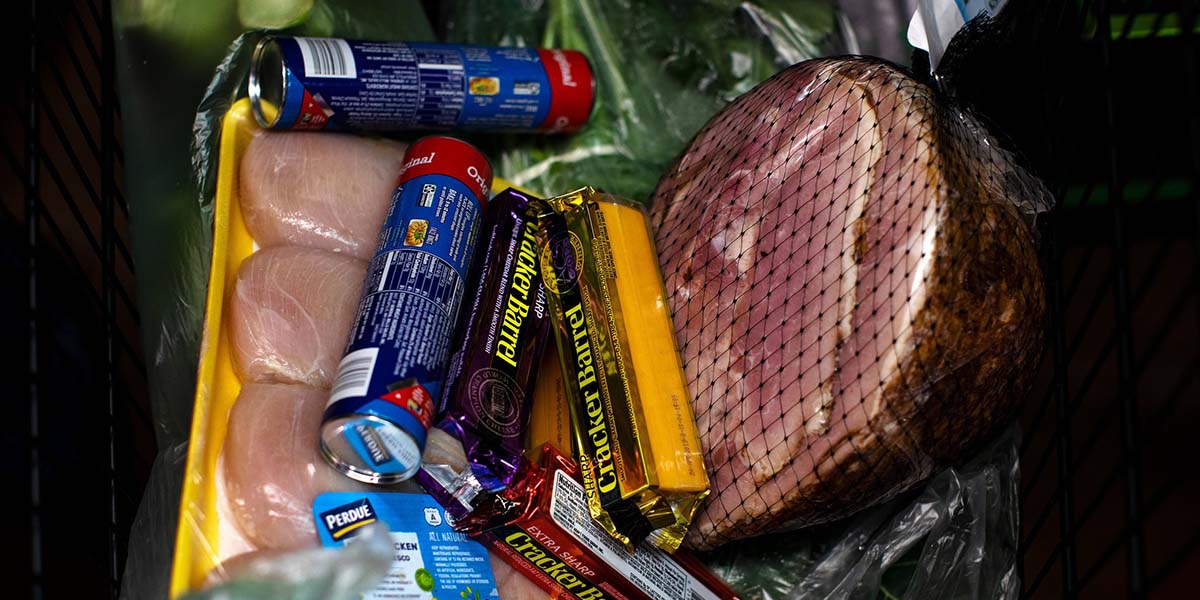Patients often ask for reasons we have seen an increase in allergic diseases, including asthma,…

Dealing With Eczema
What can you do to lessen symptoms?
Itchy, red and dry. These three words best describes the rash that is known as eczema. It is a common problem in Utah. It can occur in infants, children, and adults. The cause of eczema is not completely understood, although hereditary factors and breakdown of the outermost skin layer (the epidermis) appear to be play a role. The epidermis is the first line of defense between the body and the environment. When the epidermis is intact, it keeps environmental irritants, allergens and microbes from entering the body. When there is a disruption of this barrier, then these factors can worsen eczema. In children, it is also frequently linked to food allergies. Identifying triggers and learning management techniques are vital to controlling the symptoms.
Eczema may be likened to a flame of fire that one is trying to extinguish with water, sand, or a fire extinguisher (eczema treatment). Those methods may be effective, but if there is a gas line (triggers for eczema) going directly to the flame, putting the fire out will only be marginally effective and likely temporary. The flame will relentlessly return. Once the gas lines are identified and shut off, the other treatment measures become much more effective and complete in extinguishing the fire (symptoms become more manageable).
Symptoms: The Flame
Intense itching of the dry skin, redness, small bumps and skin flaking are common. Scratching can cause additional skin inflammation, which can further worsen the itching. The itchiness may be more noticeable at nighttime. It is a vicious cycle.
Diagnosis
The diagnosis is usually based upon a person’s medical history and physical examination. Factors that suggest eczema include long-standing and recurrent itching, a personal or family history of allergic conditions, and an early age when symptoms began. Other factors include worsened symptoms after exposure to certain triggers or any of the skin findings noted above.
Treatment: Fire Extinguishers
Identify and eliminate triggers: the gas lines
[fancy_list variation=”green”]- Heat, perspiration, dry environments
- Allergies such as food or environmental; a small number of tests can be performed to identify these and is tolerated well even by young children
- Irritants such as chemicals, cleaning solutions, soaps, detergents, perfumes, cosmetics, and cigarette smoke
- Emotional stress or anxiety
Emollients
Creams and ointments that moisturize the skin and prevent it from drying out. They are most effective when applied immediately after bathing. Lotions should be avoided by people with eczema because they can worsen dry skin.
Bathing
Lukewarm baths (15 minutes) can hydrate the skin. An unscented, mild soap should be used sparingly. An emollient should be applied immediately after bathing or showering to prevent the skin from drying out as a result of water evaporation.
Medications
Topical steroids, tacrolimus and pimecrolimus, non-sedating oral antihistamines, oral steroids, antibiotics and immunosuppressive drugs are commonly prescribed.
Ultraviolet Light Therapy
This is expensive and may increase a person’s risk for skin cancer.Therefore, it is recommended only for people with severe eczema who do not respond to other treatments.
Wet Dressings
These help soothe the skin, reduce itching and redness, loosen crusted areas, and prevent skin injury from scratching. Dampened cotton garments may be worn over the affected area and covered with a dry garment.



